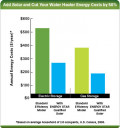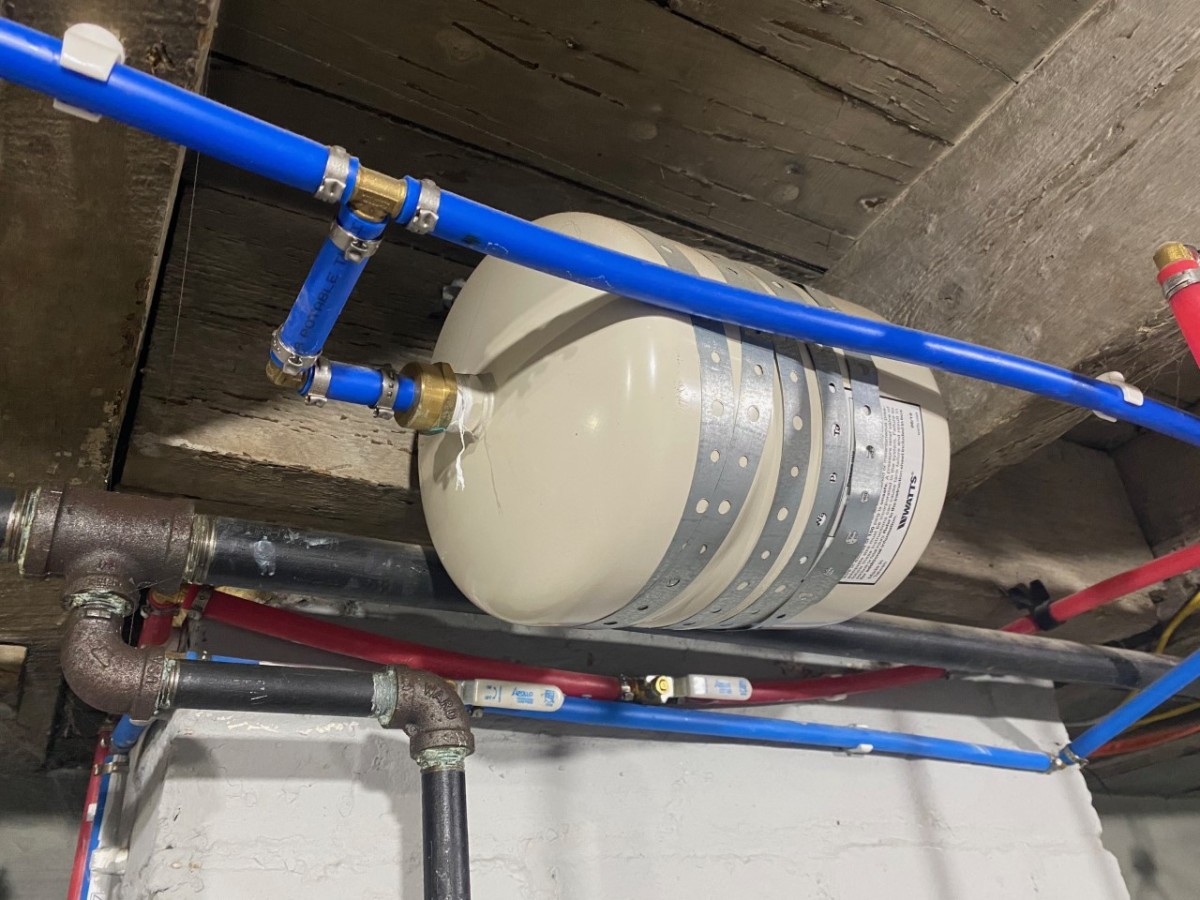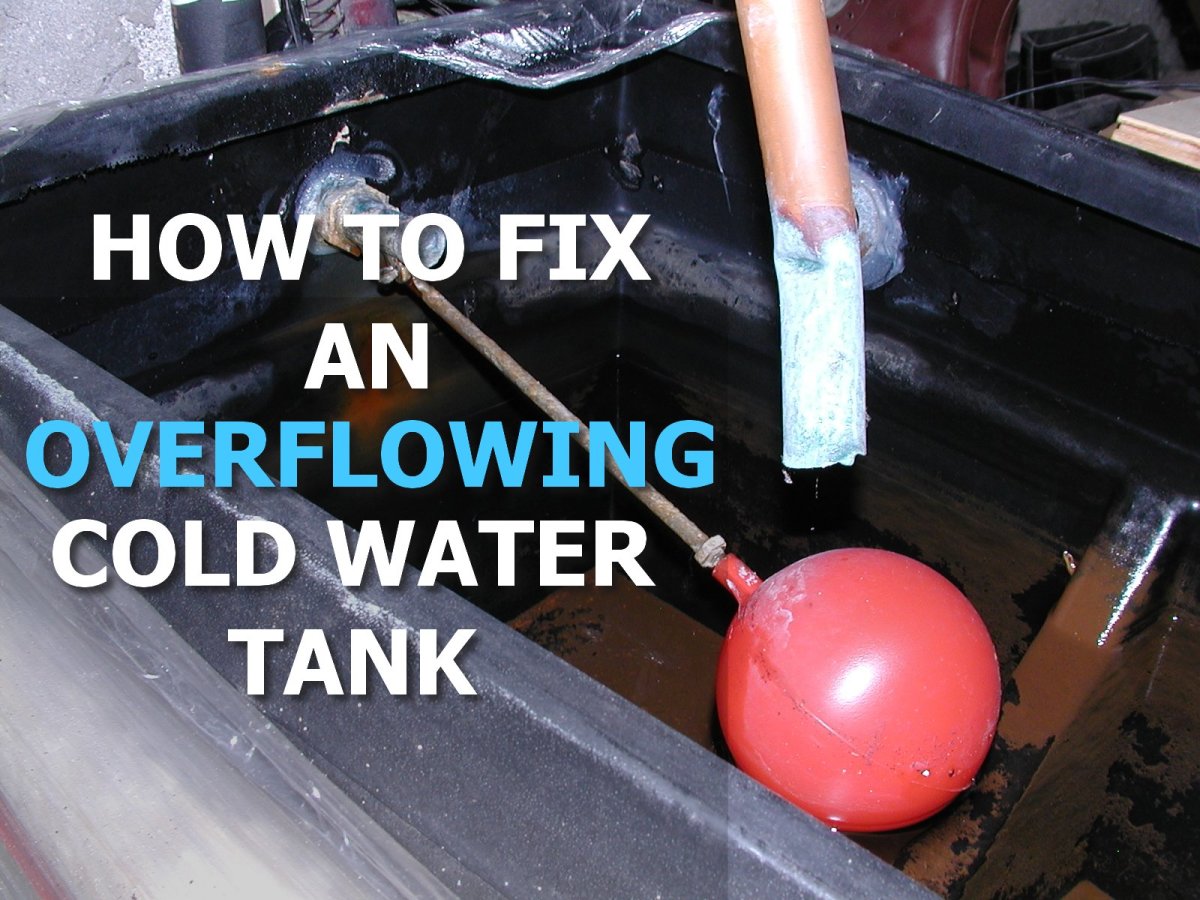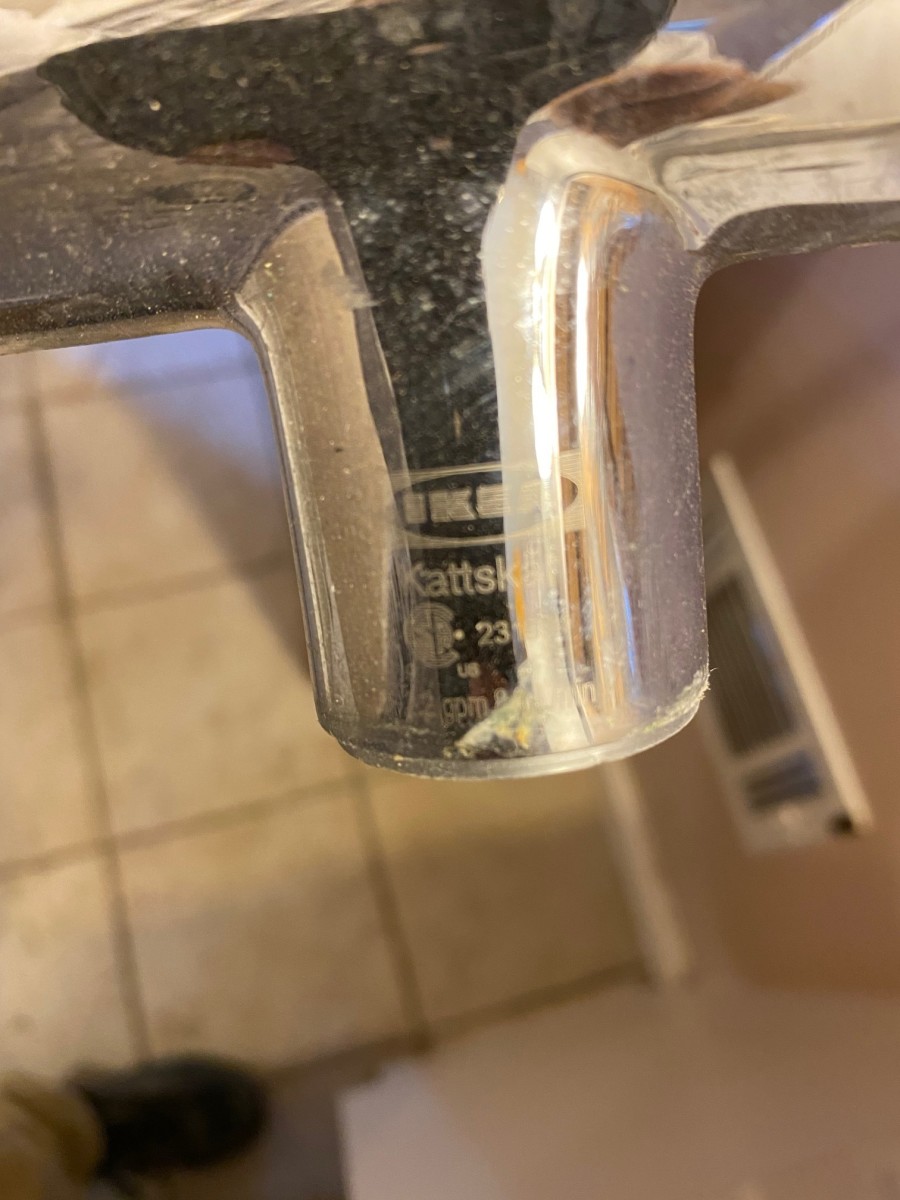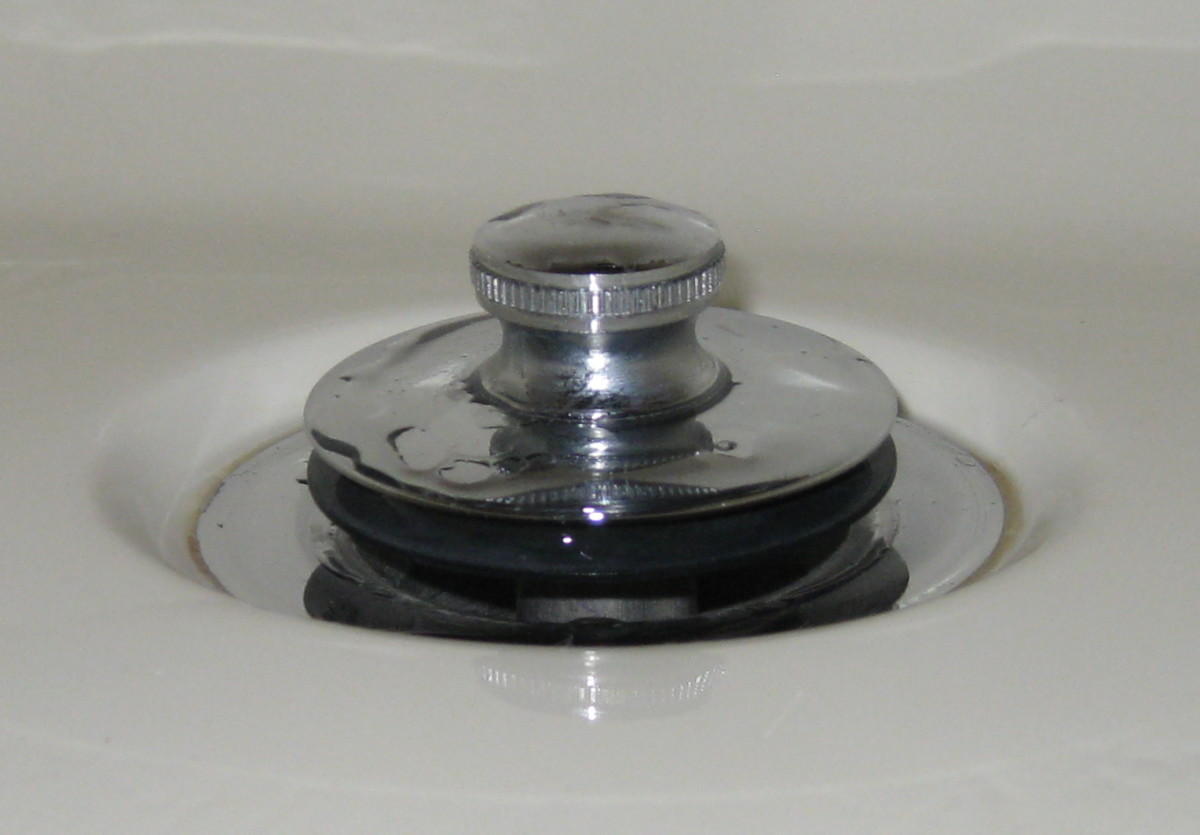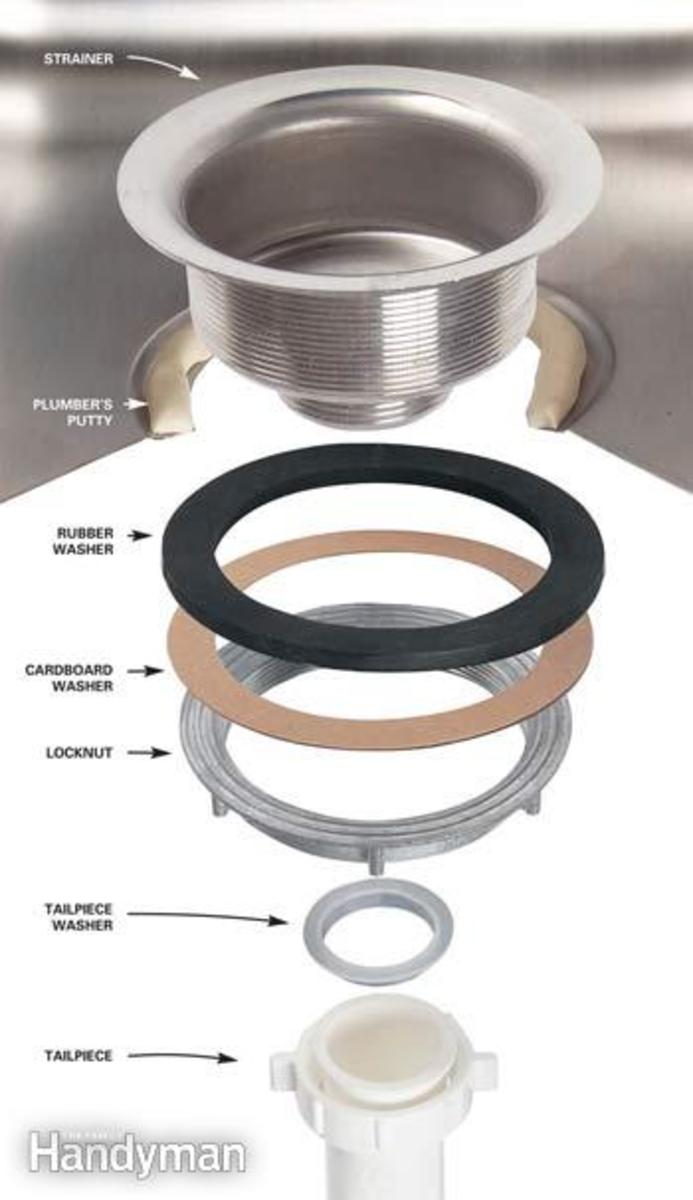Your Home's Plumbing: A Homemaker's Guide
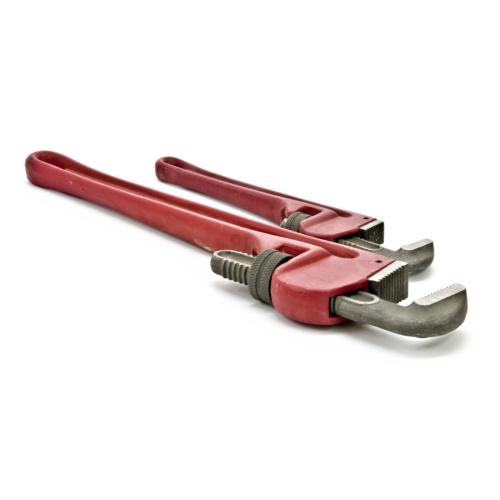
A homemaker is not a home builder, but a basic knowledge of home construction is helpful in understanding what is needed to properly take care of your home. One aspect of your home that can be costly to repair and therefore should be thoroughly monitored and maintained is the plumbing. Understanding the basics of how plumbing works will make it easier to know what to watch for, how to maintain things from day to day, and when to make that dreaded call to the plumber before things get even worse.
How Plumbing Works
Most of us have a very basic understanding of plumbing from the time we are old enough to turn on a faucet and flush a toilet. Clean water is brought into the house while dirty water is removed from the home through the use of spigots, drains, pipes, etc. We do not really question where it comes from or where it goes, but we expect it to come and go as we desire and it is not until we are a bit older that we realize someone is making sure that everything flows smoothly. Once we grow up and move out, of course, that someone becomes us. So maybe it is time to learn a little more about how that plumbing works.
A plumbing system is made up of two distinct and separate subsystems. The supply subsystem brings fresh water into the home and works mostly through a pressurized system that forces the water in when a valve is opened somewhere in the system. The drainage subsystem removes waste water from the home and is primarily powered by nothing more than gravity. The two subsystems do not overlap, but there are indirect connections between the two. These connections are called fixtures in plumbing jargon and include not only things like sinks, toilets and bathtubs but also things like washing machines and refrigerators.
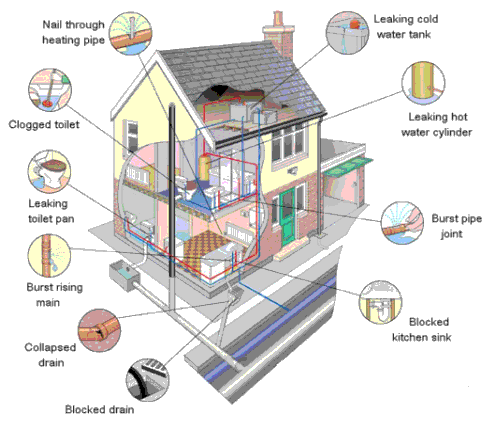
Usually water is supplied to a home by the municipality where the home is located. The city provides the water to the home from a pressurized system that reaches your pipes by passing through a water main where the amount of water is measured for billing purposes. This is also where the system shutoff is located for your water supply. This is important to know because if you ever have a pipe to burst you will need to shut off the water quickly to avoid your home being flooded.
Once the water enters your house it is ready to use. Cold water is delivered directly to the fixtures including your hot water heater. The hot water heater heats the cold water and supplies it to fixtures that require hot water. So long as everything is working properly, obtaining water is as simple as turning a faucet on or off and appliances such as washing machines simply take the water they need with no more effort than possibly setting a water level. It's almost like household magic!
Unlike the supply subsystem, the drainage subsystem does not rely on pressure but instead depends solely on gravity to function. All pipes (with the exception of traps which we will get to in a bit) in the drainage system slope downward causing waste and waste water to naturally flow away from the home. This downward flow continues until it reaches the city's sewage system which then uses the same configuration to eventually move the waste to a sewage treatment plant where the water is purified and returned to water supply.
But this explanation oversimplifies the drainage subsystem which in reality is more complex than the pressurized supply subsystem. In order to work properly, the drainage subsystem relies on a couple of specialized parts to keep things properly moving. Understanding those parts will make it easier to recognize problems that may develop with your plumbing.
- Vents in the system are necessary to allow air into the system and can be seen on the roof of most dwellings. Air is needed so that water can flow smoothly. Without air, water in traps would need to be siphoned or pumped out.
- Traps are the curved pipes you see under every sink. This curved configuration allows water to flow through but leaves enough water trapped to keep sewer gases from coming back into the home.
Toilets are actually self-contained traps as the water in the bowl serves to block gases from entering the house. Bathtubs generally have specialized drum traps that not only serve as a regualr trap but also as a lace to collect hair to avoid clogged drains. Some kitchen sinks have special grease traps. Because hair and grease are often the cause of clogs, many traps have clean out plugs or are made to be easily removed and cleaned out.
Maintaining Your Home's Plumbing
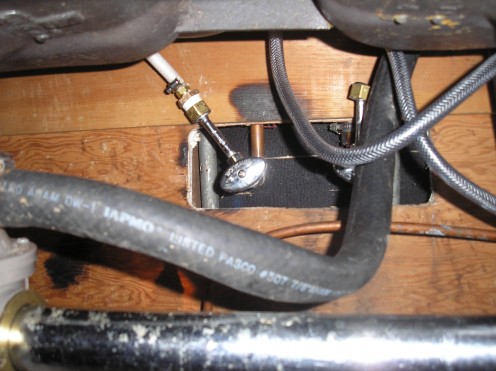
A Few Plumbing Tips
- Hot water heaters are typically set between 140° F and 160° F, but setting it at 120° F is adequate for most homes and is usually more economical.
- If your garbage disposal gets clogged often, try feeding garbage into it slower or in smaller bits as this is the main reason for clogs.
- If water does not come out of the shower head consistently, try removing the head and cleaning the fixture to remove any mineral deposits.
One of the best ways to avoid costly plumbing repairs is to monitor and maintain the pipes and fixtures in your home. Spotting trouble early generally helps to reduce damage but a lot of problems can be completely avoided if the plumbing system is properly maintained. The first step to proper maintenance is to look around your home and get to know your plumbing system. Be sure to make note of the shutoff valves on your fixture as stopping the flow of water quickly is always the first thing to do if there is an unexpected leak. Once you are familiar with your system, maintenance is the next step.
One of the biggest maintenance issues to keep in mind is keeping drains as free of debris and dirt. This includes hair and grease. Obviously there is no way to keep drains completely clear so you should be sure to periodically run hot water down the drain to loosen as much debris as possible. Once a month or so you should also use a mixture of half baking soda and half white vinegar poured down the drain then followed five minutes later by hot water to keep the drain clog free.
You should flush your hot water heater every one to three years in order to help it run more efficiently and to extend its life. Flushing helps to prevent the build up of minerals that are detrimental to the hot water heater's performance and longevity. To flush the hot water heater, you attach a hose and drain the water until it is clear and free of sediment. You should turn off the heater and the water before doing so but it may be necessary to turn the water back on and refill the heater to get all the sediment out of it. You should consult your hot water heater's operations manual for more detailed directions on flushing the unit.
Another thing you can do that will help increase the longevity pf your plumbing system is switching to eco-friendly, biodegradable detergents and cleansers. All the chemicals you use in a home eventually find their way into the plumbing. None of these toxic substances are good for the system, so avoiding them can be very beneficial to the health of your plumbing. And as a bonus, it is better for the world around you as well!
Plumbing Trivia
- The curved traps that use water to block foul gases used in modern plumbing were invented by Alexander Cumming. He is also credited with inventing the first flush mechanism for a toilet. Both of these were invented in the latter part of the 1700s.
- The siphoning system used in septic systems was perfected in part by Thomas Crapper and then later by his nephew George Crapper in the 1800s. Despite stories to the contrary, the Crapper family is not believed to be the origin of the phrase "going to the crapper" or any other such euphemism.
- "Going to the crapper" most likely actually originated from the Dutch krappen meaning "to separate" and the French crappe meaning "waste or siftings" which eventually yielded the term "crapping house" for the place where waste was disposed of.
Recognizing and Addressing Plumbing Problems
If your maintenance efforts fail and you still end up with a clogged drain, you should first try using a plunger to break up the clog. If this fails, try using a hand auger to snake out the drain and break up the clog. If the clog still remains, try using a blow bag attached to a water hose. Caustic drain cleaners like Draino should only be used as an absolute last resort as they can damage pipes and are very toxic.
If the toilet is running constantly, it most likely just needs a little adjusting. Check to see if the float (i.e. the ball that floats at the top of the tank) is rising too high allowing water to trickle back down the tube. If so, you can fix this by bending the rod slightly downward so that the float stops the water at a slightly lower level. If this is not the problem, check to see if the flapper valve at the bottom is seated properly.
If you spot leaks in your pipes, you should first check all connections and joints to see if anything needs to be replaced. In some cases, you may be able to make repairs yourself, but when in doubt, you should always call a plumber. If you do choose to make repairs yourself, be sure to turn off the water supply before you begin.
Be sure to watch for unexpected puddles or spots of soft earth in your yard. These are signs that an underground pipe has burst or is leaking. Generally this is something you would want to refer to a professional, but if you are the handy sort and can pinpoint where the leak might be, there is no reason you could not dig down to the pipes and make the repairs yourself. You should, however, check with the city before digging to be sure you are aware of any potential hazards that may be nearby such as underground electrical cables.
Of course, at any time you feel uncomfortable with repairing something yourself, you should contact a professional. It is usually better to call before attempting repairs yourself unless you are fairly certain you will be able to handle it on your own. Be sure to stay vigilant, however, as no matter who performs the repairs, spotting trouble early is your best defense against costly damages.


